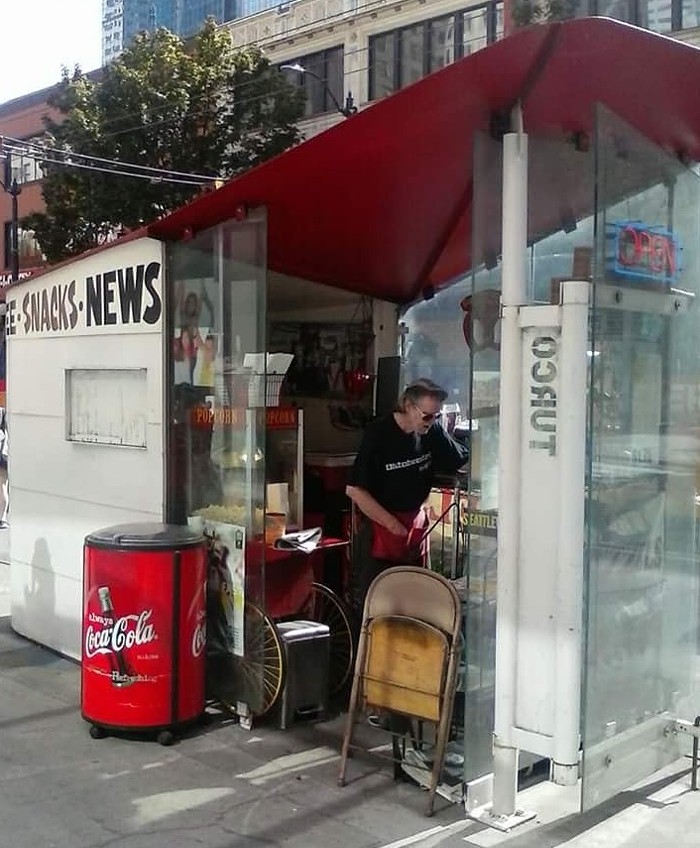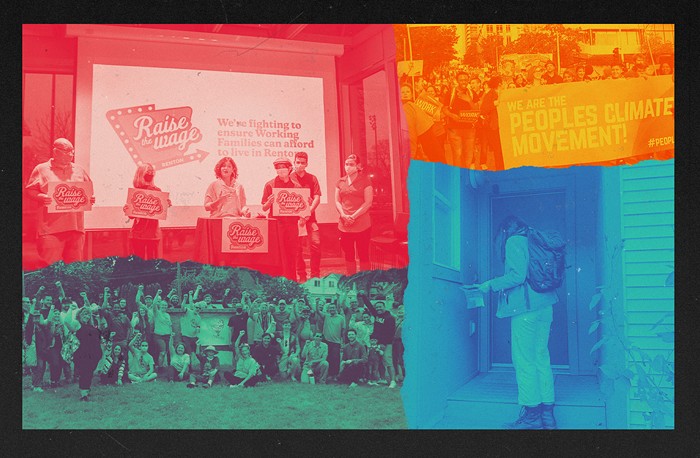This guest post is by Ed Murray, who is running for mayor of Seattle and took umbrage with recent posts on Slog and Seattle Transit Blog about his proposal to scrap sub-area equity — Eds
The next mayor of Seattle will earn a seat on the Sound Transit Board just as critical light rail expansion plans are being determined. How effectively that mayor works with colleagues and communities to deliver needed services in Seattle will be a critical benchmark for effectiveness in office.
Given the high stakes of this process, I believe we need both a new style of leadership, and reform of divisive internal policy barriers, to assure Seattle gets a fair share of new service. Delivering on real transit improvements, including light rail expansion, will require a mayor who can bring all sides together, diffuse opposition, build a coalition and move the issue forward. Our current mayor has not done this. I can do this. I have done this.
Let me take you back a decade. In 2003 I was appointed chair of the House Transportation Committee at a dark period for the state’s transportation system. Republicans were in control of the state senate, and Tim Eyman’s Initiative 695 had effectively repealed state funding for public transportation programs and local transit agencies. Over the next three sessions, I worked to win over conservative Democrats and Republicans to rebuild state support for transit, restoring tens of millions of dollars into transit and transportation alternatives.
While others in Olympia were willing to throw in the towel and narrowly focus transportation spending on freeway expansion to serve the suburbs, I successfully fought to make significant investments in several key areas that benefit Seattle today:
• I reestablished the state’s responsibility to provide funding support for public transportation;
• I leveraged and extended private sector partnerships to reduce employee commute trips;
• I provided much-needed funding flexibility for transit agencies to serve special needs populations;
• I provided funding for innovative programs to encourage transportation efficiency, such as car-share programs;
• I made key investments in “feet first” transportation modes, including enhanced funding for Safe Routes to Schools, bicycle and pedestrian safety programs;
• And I create the highly successful Regional Mobility grant program, which is focused on projects that maximize the movement people –not just cars — through congested corridors and provides regional connectivity.
By contrast, when the mayor first ran in 2009 he promised that a Seattle-only light rail expansion measure would be on the ballot within a year, yet it never happened.
He promised major bicycle and pedestrian improvements, but halfway into the 10-year Bicycle Master Plan, he’s delivered only a tiny fraction of the needed funding. The voter-approved Bridging the Gap levy was supposed to provide additional dollars to help SDOT address the city’s many transportation needs. Instead, it has been used by this mayor and the city council to backfill the loss of city general fund dollars that were diverted from transportation priorities to other uses. City general-fund support for SDOT has actually shrunk by 25 percent in recent years. The mayor recently held a press conference to promote a new transit-capable bridge across the Ship Canal, but has failed in the basic task of uniting a majority of the council behind his vision, so nothing will get done.
Earlier this week in another publication, surrogates of the mayor pointed to his support of Sound Transit’s sub-area equity as proof of his transit credentials—and attempted to portray opponents of sub-area equity, including me, as anti-Seattle.
Sound Transit’s sub-area equity requires that any money raised in one of the five sub-areas of the Sound Transit district must be spent in that sub-area. It may seem sensible on the surface, but it is really a terrible policy, originally cooked up by light rail opponent Rob McKenna (when he served on the King County Council and the Sound Transit board) as a way of forcing transit dollars that should have been spent in Seattle to be diverted to the suburbs instead.
Sub-area equity has done more harm to the cause of efficient deployment of limited transit dollars in the central Puget Sound—and thus more harm to Seattle—than any other single decision made in the last two decades of transit planning. It allocates dollars based not on density and demand for service, but on political geography. Instead of building a system from the inside out to maximize ridership and benefit smart land use decisions, it balkanizes the region and facilitates sprawl.
Sub-area equity needs to go. And it needs to be replaced with a more sensible policy that stipulates that Sound Transit dollars will be spent efficiently to add light rail where it will have the maximum impact in terms of moving people, i.e. in denser cities like Seattle and our growing inner-ring suburbs. Such a policy would ensure that Seattle’s transit needs are better accommodated – particularly our underserved West side Green Line communities including Ballard and West Seattle – while also ensuring that hundreds of millions in taxpayer dollars are not diverted to building light rail in outlying areas where population densities are insufficient to support strong ridership.
Since its inception, light rail planning decisions in this area have been made regionally through the Sound Transit board. But rather than cultivating strong relationships and engaging the decision makers in relevant discussions about the future of transit in Seattle, the current mayor has isolated himself from the board and is now largely marginalized. Perhaps this explains why the mayor clings to a bad policy like sub-area equity: because he lacks both the clout and the vision to deliver on something larger, it’s the only way he is can try to ensure Seattle gets a share of Sound Transit dollars, no matter how limited. Seattle residents deserve and expect more.
Rather than promising unrealistically that Seattle will go it alone on light rail, I have pledged that as mayor I will leverage the positive relationships I have developed at the federal, state and regional level over the past 18 years to move forward on progressive transit and transportation ideas. To make real progress on light rail we need to advance development of a Sound Transit 3 package to put before the voters in 2016—one that adopts a policy of spending transit dollars where they have the biggest impact rather than according to an arbitrary political formula cooked up by conservative Republicans in the suburbs.
I believe such a policy would actually lead to a package that makes larger transit investments in Seattle than under the current sub-area equity policy. And that’s not just good policy, it’s good politics as well, since any ST3 ballot measure must win overwhelmingly in transit-friendly, vote-rich Seattle to pass districtwide.
The real answer to Seattle’s transit challenges is not to hunker down and hide behind a bad policy that undermines our ability to make thoughtful decisions about how we best allocate our limited transit dollars. It is to develop good policies and good relationships that benefit both Seattle and its key regional partners and actually gets more light rail built. As mayor, that is exactly what I will do.


















